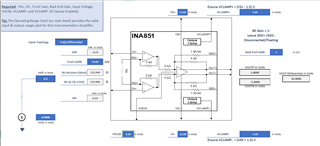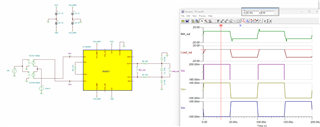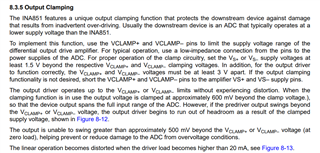Other Parts Discussed in Thread: TINA-TI
Tool/software:
I am looking for a circuit to amplify ±0.2V differential from a full bridge transducer to ±5V balanced differential output into twisted pair cable. Bandwidth 0-20,000hz. The goal is a very small PCB wired inline on the transducer cable. Gain to be set by resistor on the INamp, output clamped at ±5V. Power input is flexible, maybe ±12VDC. Low-noise, high CMRR.
My thought is to use the INA851 with AD8139 (or similar) as a buffer amplifier to drive the cable capacitance (about 3nF, 30m of cable to the data acquisition). The cable would have 100Ω nominal impedance, instrumentation people usually do not terminate but they could if instructed.
Does INA851 + AD8139 make sense? Any thoughts on the circuit? How to keep component count down and the PCB small?
Thanks.






